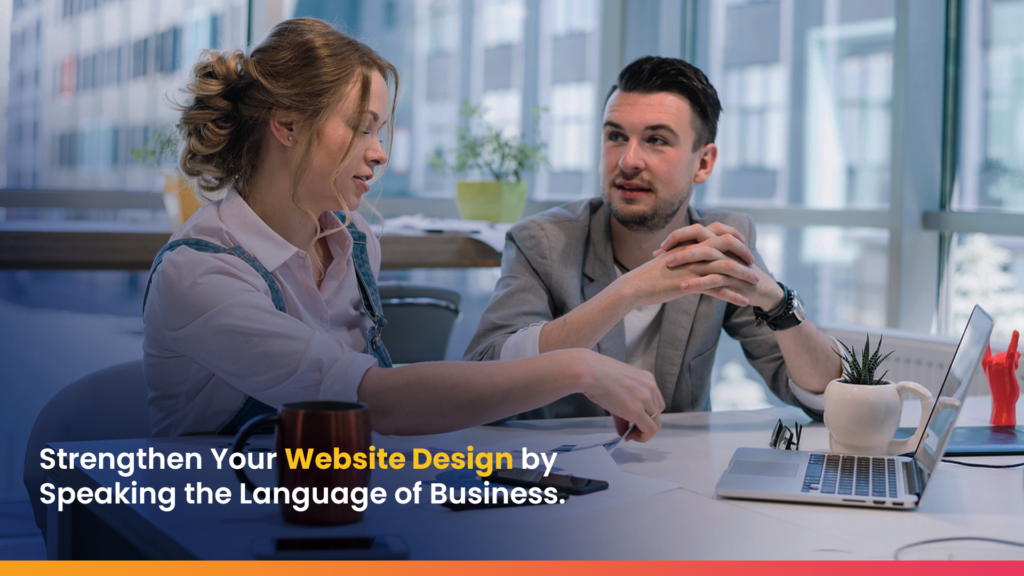
Strengthen Your Website Design by Speaking the Language of Business
Strengthen Your Website Design by Speaking the Language of Business

When most people think about website design, they imagine colors, layouts, and fonts. But effective web design is more than just making something look good — it’s about communicating value. To truly connect with your audience and build trust, your website must speak the language of business. This means focusing on results, solving problems, and making it easy for your visitors to say “yes.”
Know What Your Visitors Really Want
People don’t visit your website just to look around, they come because they need something. Maybe they want to solve a problem, learn something new, or buy a product or service. Your website should help them do that quickly and easily.
Here’s how to make that happen:
- Be clear about what you do – Tell people how you can help them right away.
- Make it easy to find things – Keep your menus and pages simple to navigate.
- Guide them to take action – Use clear buttons or messages like “Get a Quote” or “Start Free Trial” so they know what to do next.
Before designing your site, ask yourself:
“What do my visitors need, and how can I help them get it fast?”
When you focus on their needs, your website becomes more useful and more people will stick around, trust you, and take the next step.
Show the Real Value Behind What You Offer
Many websites talk a lot about what they do like fast delivery, advanced tools, or 24/7 customer service. But most visitors don’t buy something just because of features. They take action when they understand how those features help them.
Instead of listing technical details, focus on how your product or service makes life easier, saves time, or helps people reach their goals. That’s what really matters.
Here’s a simple way to do it:
- Feature: What it does
- Benefit: How it helps
- Value: Why that matters to the user
Example:
Instead of saying: We offer custom dashboards.
Say: Our custom dashboards help you see your business performance in real time, so you can make smarter decisions faster.
When you explain the real value behind what you offer, your website becomes more helpful and that leads to more trust, more leads, and more results.
Design for Trust and Credibility
No matter how well you describe your product or service, visitors need to believe you. Good web design builds trust in subtle but powerful ways:
- Use testimonials, case studies, and client logos to show social proof.
- Include professional photos and avoid generic stock images.
- Make sure your website loads quickly and looks great on all devices.
- Write in plain, honest language — no jargon, no hype.
When people feel comfortable and confident on your site, they’re more likely to engage, contact you, or make a purchase.
Align Design with Business Goals
Your website should support real, measurable business outcomes — not just vanity metrics like page views or time on site. Every element of your design should have a purpose. Ask:
- Does this page lead to a sale, a lead, or a deeper relationship?
- Are we clearly showing our value proposition?
- Are we making it easy for someone to take the next step?
Use analytics to measure what’s working and continuously improve. Great design evolves over time based on real data and user feedback.
Must Know: The Future of AI in Web Development
Focus on Results, Not Just Fancy Design Terms
When talking about your website, it’s easy to use design terms like responsive layout or user experience. These are important behind the scenes but most of your visitors don’t know or care about them. What they do care about is what your website can do for them.
Always focus on the outcome — the real benefit to the user or the business. This makes your message clearer and more helpful to everyone, not just designers or tech experts.
When your website and your words are easy to understand, you build trust faster — and that leads to better results
In Summary
A strong website isn’t just about looking good, it’s about helping people solve problems, understand your value, and take action
Build trust with helpful content and make it easy for visitors to find what they need.
When you focus on your users’ needs first, your website becomes more than a digital brochure — it becomes a tool that drives real results.


